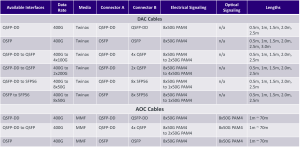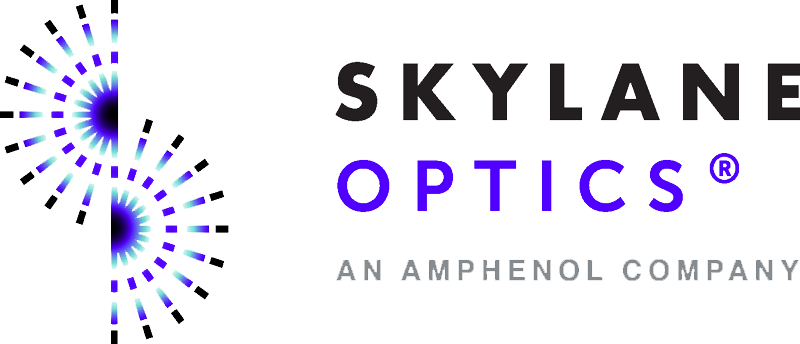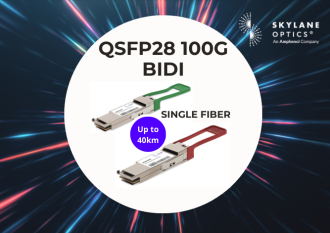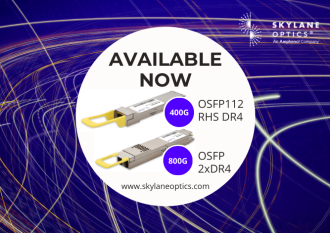The 400G revolution in Data Centers

With the aim of enhancing network performance and improving user experiences, data centers are transitioning from 100G to 400G technology.
Why 400G?
400G Ethernet represents a promising and evolving technology that addresses the immediate requirements in fiber optics, as the capacity demands of data-intensive applications outstrip current high-speed transport capabilities. This technology provides a more compact footprint and relatively economical operational costs. When designed to meet the most demanding scenarios, 400G offers a significant level of flexibility, options for customers, and serves as a foundation for the future of cloud networking.
The upgrade to 400G technology fundamentally reshapes the design and construction of both data centers and data center interconnect (DCI) networks. This transition to 400G connections has become a high-stakes competition between client and networking sectors.
Another driving force behind the move to 400G data centers is the ever-increasing demand for high-speed storage access and extensive data processing. Servers are adopting 25G/50G interfaces to meet these requirements, further emphasizing the need for 400G technology.
400G & Skylane Optics
Skylane Optics investigated on the 400G transceivers technology and as for 100G application, the 400G transceivers have been developed following 2 main points being high density and low power consumption. Two main formats: the OSFP having his own thermal management and the QSFP-DD being backward compatible with the current QSFP28.
OSFP
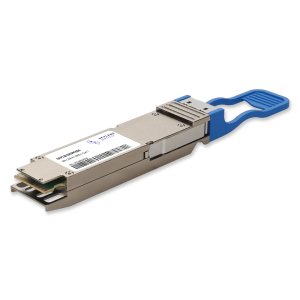
The OSFP, a larger module, provides lots of functional area for DWDM components and a heat dissipation capacity of 15W. When trying to incorporate coherent capabilities into a small form factor, power is vital. This offers OSFP a competitive advantage in the network.
QSFP-DD is the most popular 400Gbps optical form factor on the client side due to the numerous reach options available. The trend to combine switching and transmission into a single box is one of the two elements impacting the network side. Power and mechanics are the only form factors that remain.
Skylane Optics 400G portfolio
Skylane Optics is then coming with a full range of transceiver for 400G application in order to cover all the applications and demand of the Telecom/datacom market.
